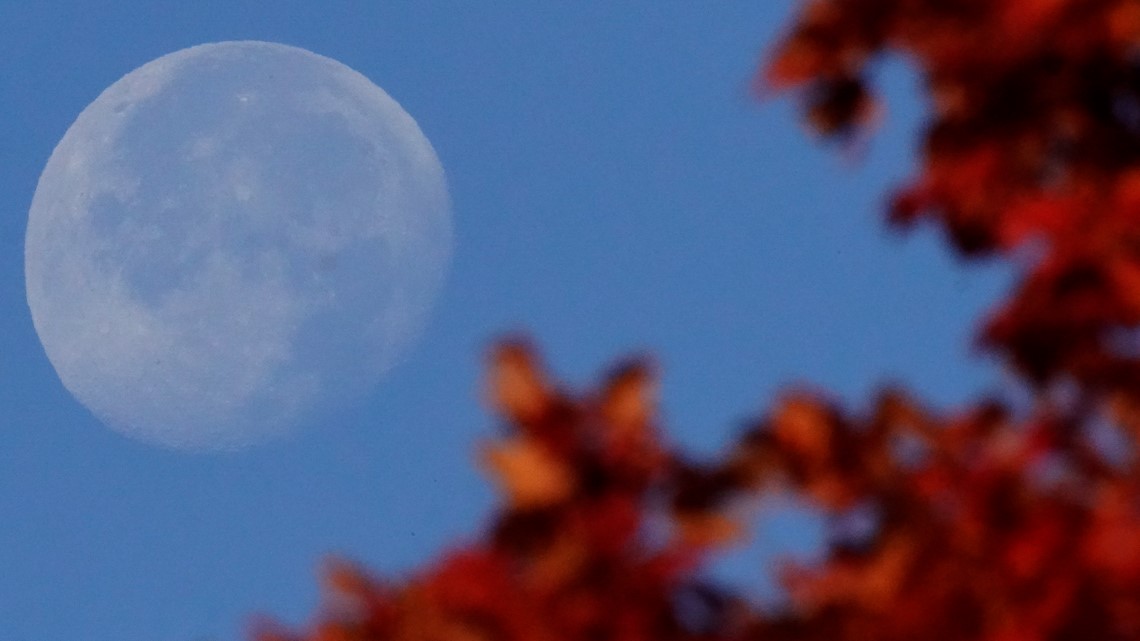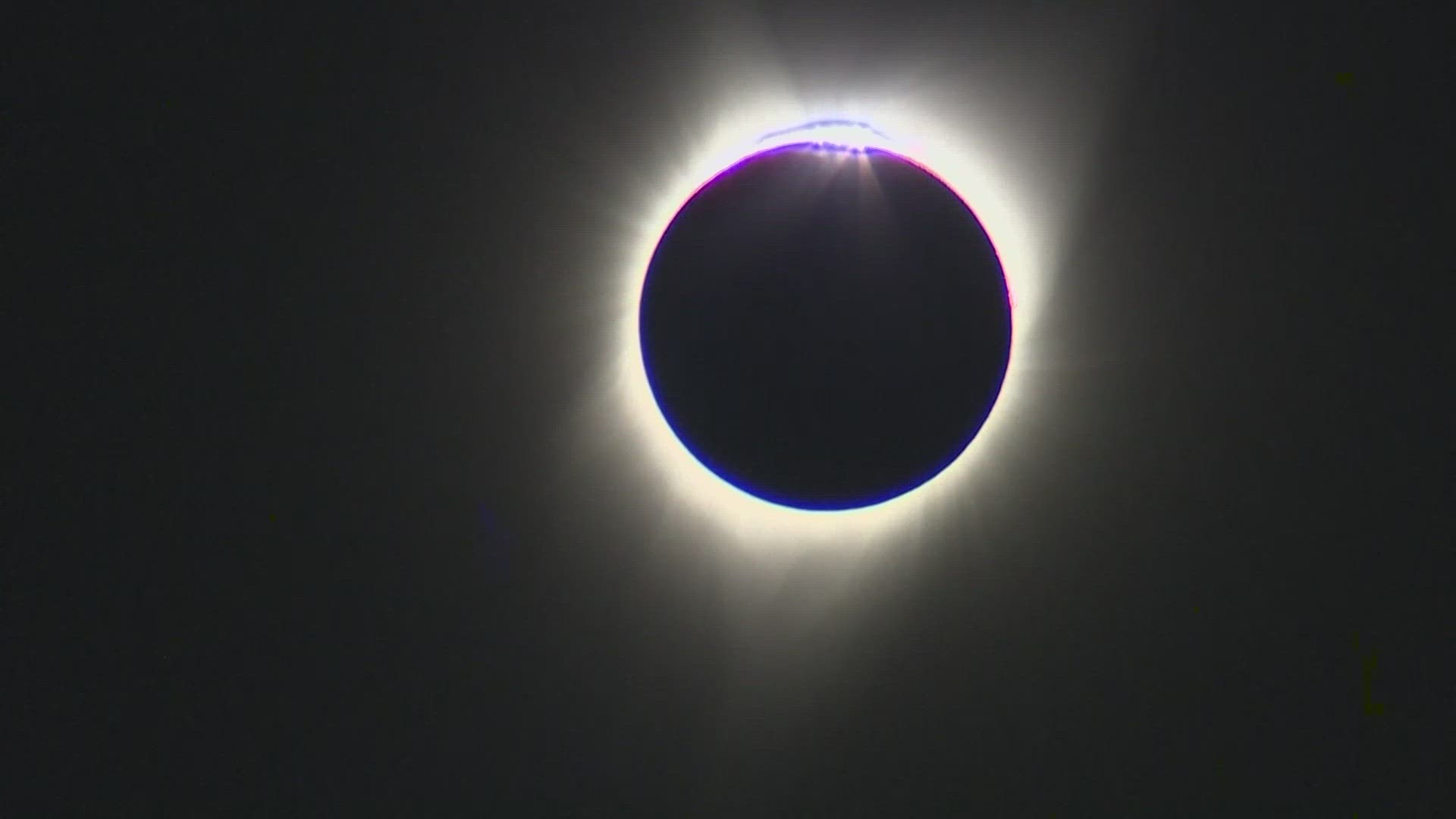INDIANAPOLIS — Ladies, we’ve been ready.
Candles lit in homage to the beach vacation I never ended up taking have been swapped out for caramel apple spice and simmering spooky blends. A gnat trapped in my car suffered through at least 13 rounds of "(All Too Well (10 Minute Version) (Taylor’s Version)" before his untimely death. The Halloween Etsy prints are ordered, and I’ve shoved Key Lime Greek yogurts — healthy once, balefully off-brand now — aside in my fridge to make way for stacks of pumpkin beer.
Though autumn may have snatched hold of your soul too, it’s not here quite yet. Not officially, at least. That will happen this weekend, with the fall equinox ushering in the official first day of autumn.
Fall equinox will arrive Saturday, Sept. 23 at 2:50 a.m. ET in the northern hemisphere.
Equinoxes mark two times of the year when the Earth's axis is tilted neither toward nor away from the sun.
Fall equinox is the point when the northern hemisphere will experience less sunlight as fall fades to winter. The Vernal equinox, the first day of spring, occurred on March 20 and marks the point when the northern hemisphere gets more sunlight.
Seasons are defined in two ways: astronomical and meteorological. Astronomical seasons are based on Earth’s position as it rotates around the sun, whereas meteorological seasons are based on annual temperature cycles. Equinoxes are astronomical, not meteorological, events.


Meteorological fall begins every year on Sept. 1 and ends on Nov. 30. Astronomical fall, which again is marked by fall equinox, will start on Sept. 23. For the decorators among us, that’s good news: you can choose two different start times to break out the pumpkin décor.
And have you ever noticed how the sun is in your eyes this time of year when driving to work? Blame Earth's tilt.
"That's because, around the equinoxes, the sun always sets straight east or rises straight east and sets straight west, around the equinox. And the way Indianapolis is set up, and in a lot of Midwestern cities, our streets go east, west. North, south, so the sun is shining right down our streets. We actually use the word 'Indyhenge' for that. Like Stonehenge," said Dr. Brian Murphy, who is as astrologist at Butler University.
As Earth orbits around the sun, the angle of sunlight that the Northern and Southern Hemispheres receive is different. But on Saturday, the sunlight distributed across Earth will be roughly the same.
"Across the Earth, you get equal sunlight on the equinoxes. So unlike unlike our northern summer, where we get a lot of sunlight, the southern summer doesn't get some. Whereas in winter, our winter southern hemisphere is getting all the sun and we're getting a lot less," Murphy said.


For my fellow fall obsessives who can’t help but keep an eye peeled to an ever darkening sky this fall, we’ve got a lot to look forward to astronomically:
Full moons
Full moons in the fall include the Harvest Moon on Sept. 29, the Hunter's Moon on Oct. 28, and the Beaver Moon on Nov. 27.
Comets galore
The Draconid meteor shower will peak on Oct. 8, and the Orinoid meteor shower will peak Oct. 20, but you can start seeing them in September.
Lunar eclipse
On Saturday Oct. 14, 2023, an annular solar eclipse will cross North, Central and South America.
It will be visible in parts of the United States, Mexico and many countries in South and Central America.
In the U.S., the annular solar eclipse begins in Oregon at 9:13 a.m. PDT and ends in Texas at 12:03 p.m. CDT.
The Holcomb Observatory & Planetarium is planning to hold a viewing event at that time, in partial preparation for the total solar eclipse coming in 2024.

